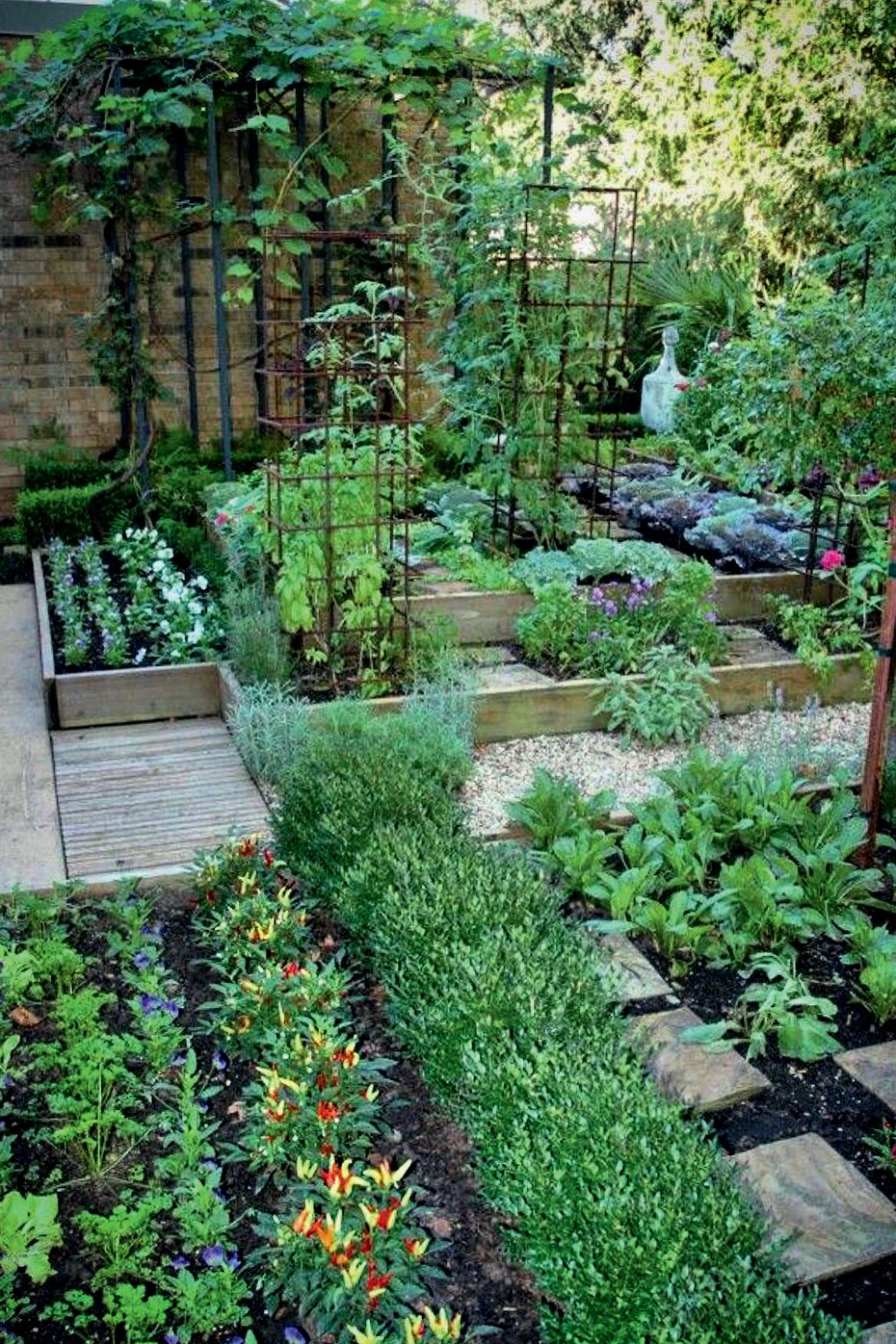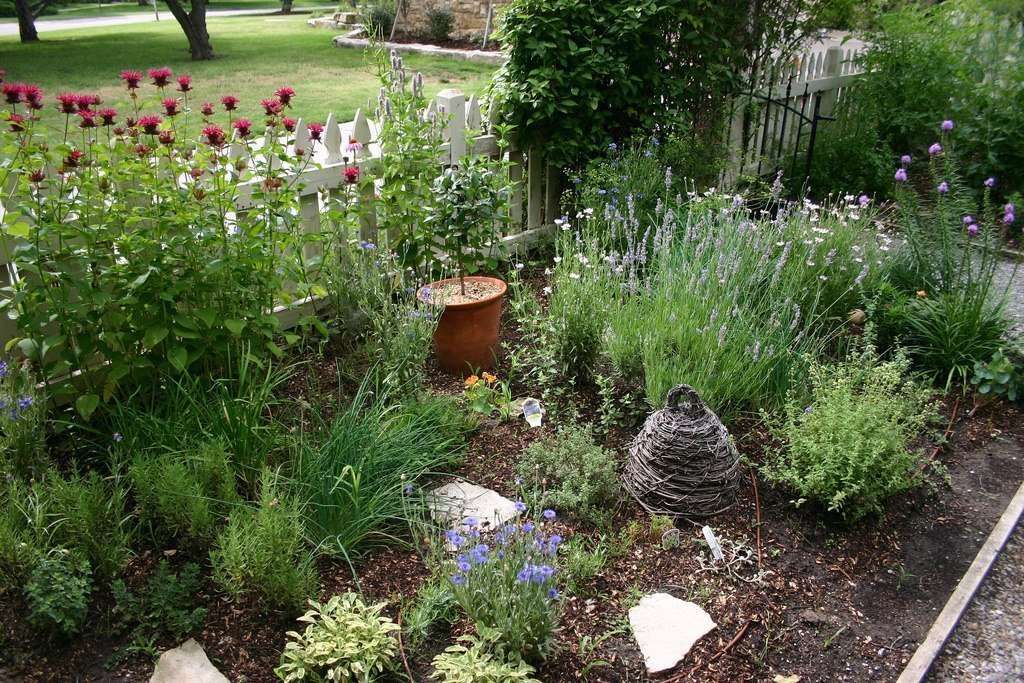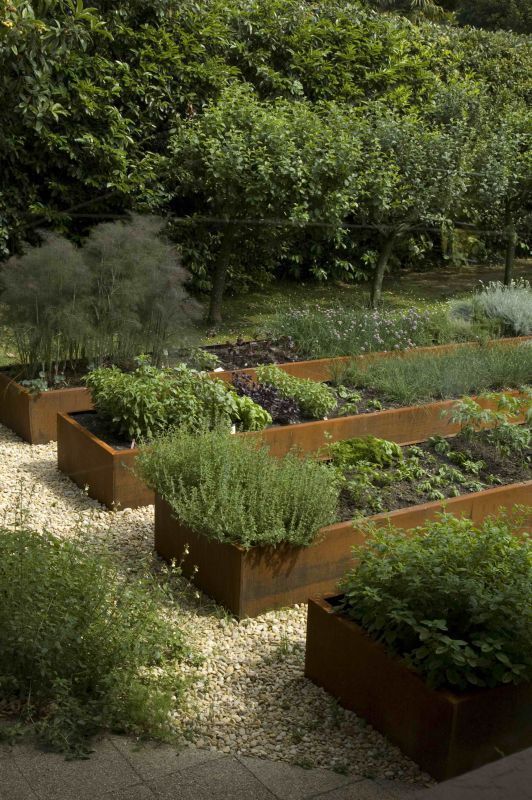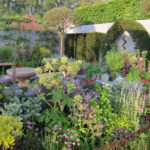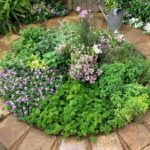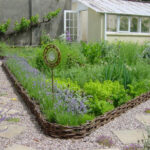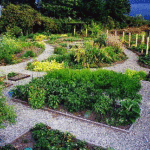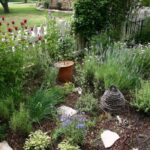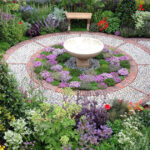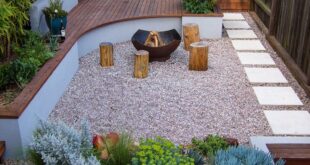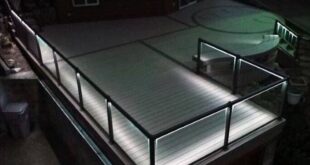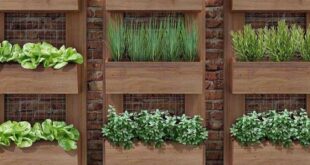When it comes to designing an herb garden, there are several key factors to consider in order to create a beautiful and functional space. One important aspect to think about is the location of the garden. Herbs typically thrive in sunny locations, so it’s best to choose a spot that receives at least 6-8 hours of sunlight per day. Additionally, make sure the area has good drainage to prevent waterlogged soil, which can lead to root rot.
Another important consideration in herb garden design is the layout of the garden itself. Depending on the size of the space and the types of herbs you want to grow, you can choose to plant your herbs in rows, raised beds, containers, or even hanging baskets. For a more formal look, consider using symmetrical planting beds or geometric patterns to create visual interest.
In terms of plant selection, think about both the culinary and aesthetic qualities of the herbs you choose. Popular culinary herbs like basil, thyme, and rosemary not only add flavor to your dishes but also have attractive foliage and flowers. Mixing in some ornamental herbs like lavender or bee balm can add color and fragrance to your garden while attracting pollinators like bees and butterflies.
When it comes to maintenance, consider how much time and effort you are willing to put into caring for your herb garden. Some herbs, like mint and oregano, can be quite invasive and may require regular pruning to keep them in check. Others, like parsley and cilantro, are annual plants that will need to be replanted each year. Make sure to water your herbs regularly, but be careful not to overwater as this can lead to disease and root rot.
In terms of design elements, consider adding pathways, trellises, or decorative accents like garden art or furniture to enhance the overall look of your herb garden. Create a focal point with a small water feature or a statement plant like a tall rosemary bush or a flowering thyme. Lastly, don’t forget to consider the overall aesthetic of your garden and choose elements that complement your existing landscaping or outdoor living spaces. With careful planning and consideration of these key factors, you can create a beautiful and functional herb garden that will provide you with fresh herbs for cooking and enjoyment for years to come.
 yishifashion Where Outdoor Dreams Become Reality
yishifashion Where Outdoor Dreams Become Reality
